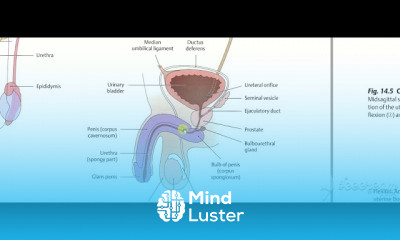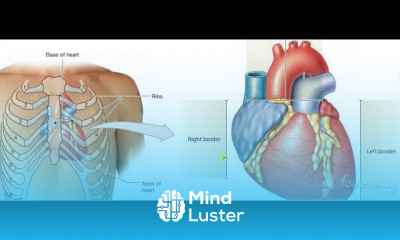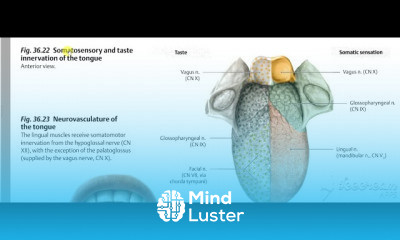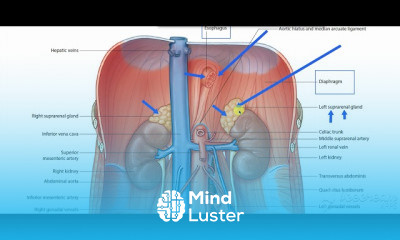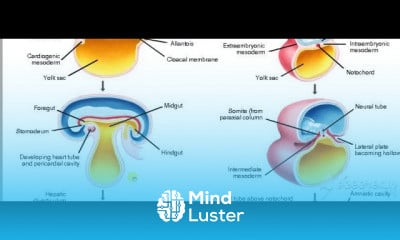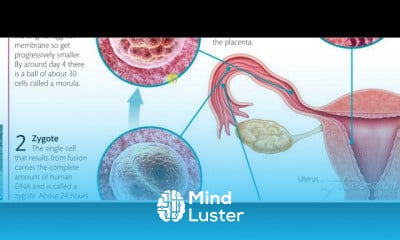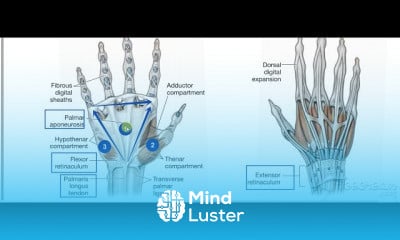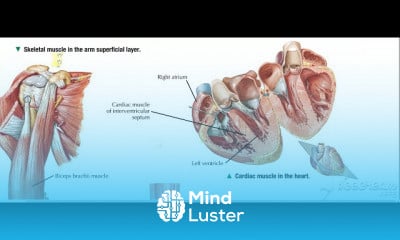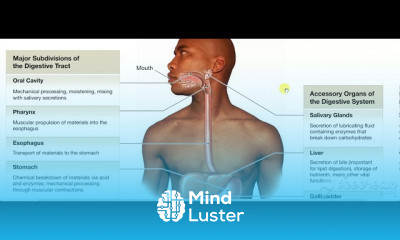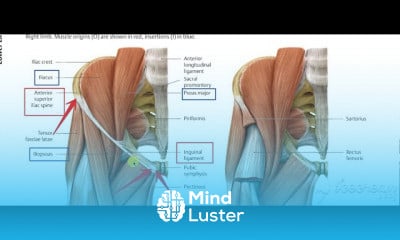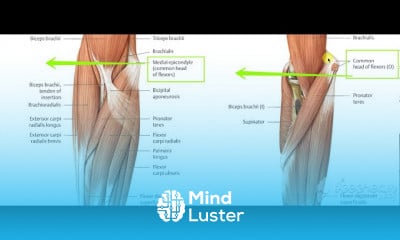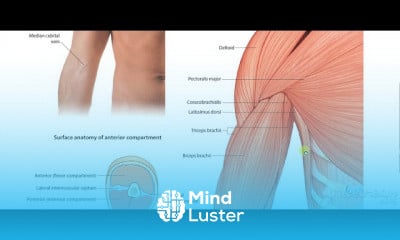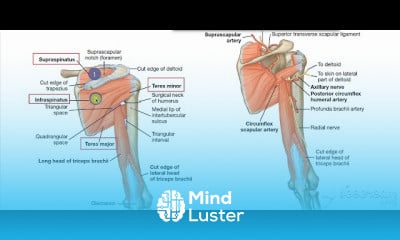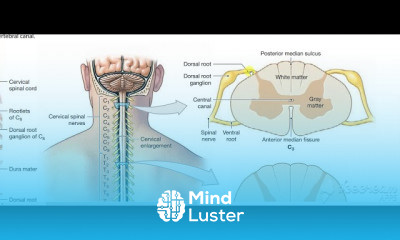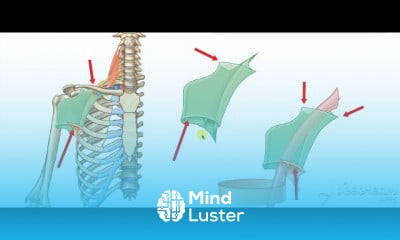Mechanics of breathing 13
Share your inquiries now with community members
Click Here
Sign up Now
Lessons List | 100
Lesson
Show More
Lessons
Comments
Related Courses in Medical
Course Description
The respiratory system (also respiratory apparatus, ventilatory system) is a biological system consisting of specific organs and structures used for gas exchange in animals and plants. The anatomy and physiology that make this happen varies greatly, depending on the size of the organism, the environment in which it lives and its evolutionary history. In land animals the respiratory surface is internalized as linings of the lungs. Gas exchange in the lungs occurs in millions of small air sacs; in mammals and reptiles these are called alveoli, and in birds they are known as atria. These microscopic air sacs have a very rich blood supply, thus bringing the air into close contact with the blood. These air sacs communicate with the external environment via a system of airways, or hollow tubes, of which the largest is the trachea, which branches in the middle of the chest into the two main bronchi. These enter the lungs where they branch into progressively narrower secondary and tertiary bronchi that branch into numerous smaller tubes, the bronchioles. In birds the bronchioles are termed parabronchi. It is the bronchioles, or parabronchi that generally open into the microscopic alveoli in mammals and atria in birds. Air has to be pumped from the environment into the alveoli or atria by the process of breathing which involves the muscles of respiration.
In most fish, and a number of other aquatic animals (both vertebrates and invertebrates) the respiratory system consists of gills, which are either partially or completely external organs, bathed in the watery environment. This water flows over the gills by a variety of active or passive means. Gas exchange takes place in the gills which consist of thin or very flat filaments and lammelae which expose a very large surface area of highly vascularized tissue to the water.
Other animals, such as insects, have respiratory systems with very simple anatomical features, and in amphibians even the skin plays a vital role in gas exchange. Plants also have respiratory systems but the directionality of gas exchange can be opposite to that in animals. The respiratory system in plants includes anatomical features such as stomata, that are found in various parts of the plant.
Trends
Microsoft Power BI in French
Learning English Speaking
Building a chatbot with Python
Speak english fluently with confidence
Triple Integrals in Cylindrical Coordinates
Python programming fundamentals A Z
Excel Course Basic to Advanced
Generative AI tools for 2024
MS Excel
Employment Law
Creating YouTube videos for beginners
Photo Editing
Content marketing for beginners
Makeup and Beauty
Microsoft outlook calendar for beginners
Python machine learning for beginners
Tools and toolbar in Photoshop for beginners
Web Design for Beginners
Cybersecurity fundamentals A Z
Python programming language
Recent
Oil and gas Production equipment
Low Pressure Control Valves techniques
Oil and gas industry knowledge
Oil and gas equipment product naming
Oil and gas industry fundamentals
Electric glycol Pump maintenance
Back pressure regulator working principle
High Pressure control valve repair
Flowback Phase in oil and gas
Oil and gas emissions solutions
Back pressure regulator working principle
Liquid level switch CUA maintenance
Lever operated mechanical dump valve
Oil and gas basics
Electric actuator installation for oil gas
Artificial lifts in Oil and gas
High pressure pilot systems
Oil and gas storage tank protection
Energy exchange glycol Pumps fundamentals
Arabic numbers for beginners




